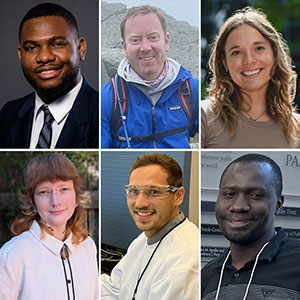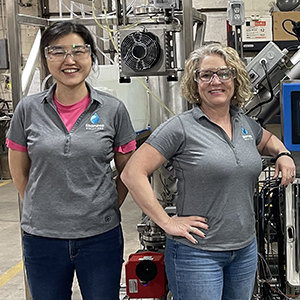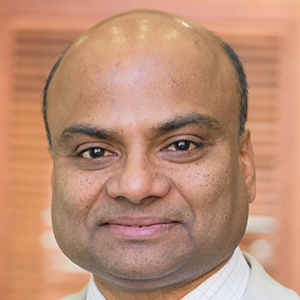Norbert Kaminski, Ph.D., has directed the Michigan State University (MSU) Superfund Research Program (SRP) Center since 2005. During his tenure, he has steered the center’s research focus on dioxins and dioxin-like compounds and shed light on how the chemicals affect human immune cells. After nearly two decades at the helm of the NIEHS-funded center, he is stepping down into a deputy director role.
For Environmental Factor, Kaminski reflects on his career trajectory and his tenure as director of the NIEHS-funded center.
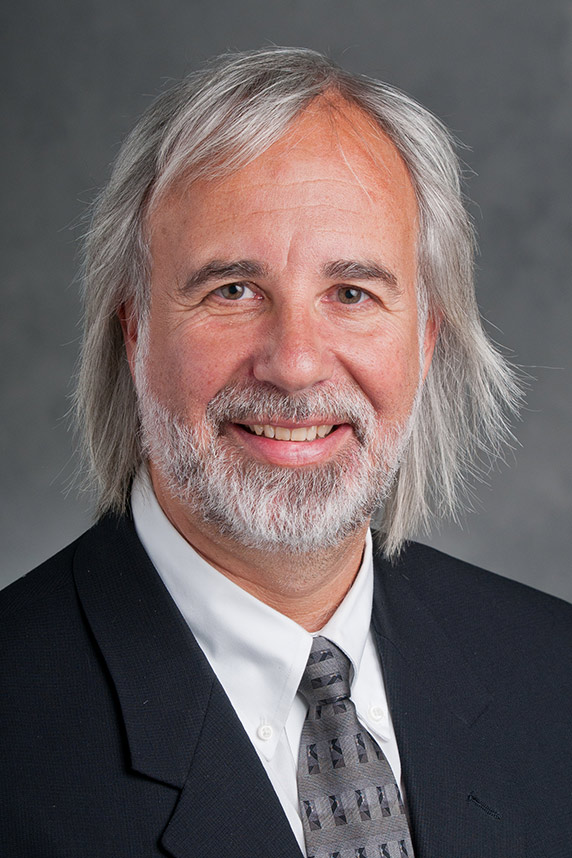
Environmental Factor: Where did your research journey begin?
Norbert Kaminski: My father was a toxicologist, and I’ve always been an inquisitive person and really enjoyed science. My research journey began over 40 years ago at the Medical College of Virginia, where I focused on cannabinoids, a chemical found in cannabis plants. At the time, studies showed that cannabinoids could suppress immune responses, but the mechanism behind it was uncertain. My lab published the first paper that described receptors in the immune system that were activated by cannabinoids.
EF: When did you become interested in environmental health?
NK: In 1995, I was invited to join the MSU SRP Center to lead a project studying the effects of the toxic chemical carbon tetrachloride on the immune system. Around the same time, I also began studying dioxins and dioxin-like compounds, which can weaken the body’s ability to fight infections by altering gene activity in immune cells.
When I became director of the MSU SRP Center, I shifted the focus from studying groundwater contaminants to addressing dioxin contamination in Michigan’s Tittabawassee River. For the past 30 years, much of my research has focused on understanding which immune cell genes are affected by dioxins.
EF: Could you summarize some of the MSU SRP Center’s key findings about dioxins?
NK: We’ve learned a lot about the developmental effects of these compounds. One major finding is that the developing immune system is much more sensitive to dioxins than we previously thought. Even at low levels, dioxins can weaken immune responses in children and influence which cell types form during immune development. Collectively, our findings show that the developing immune system is more sensitive to dioxins than the mature immune system.
We also have made great progress in our remediation work. One of our projects uses activated carbon to trap and contain dioxins, which is much less costly and less disruptive than traditional remediation methods.
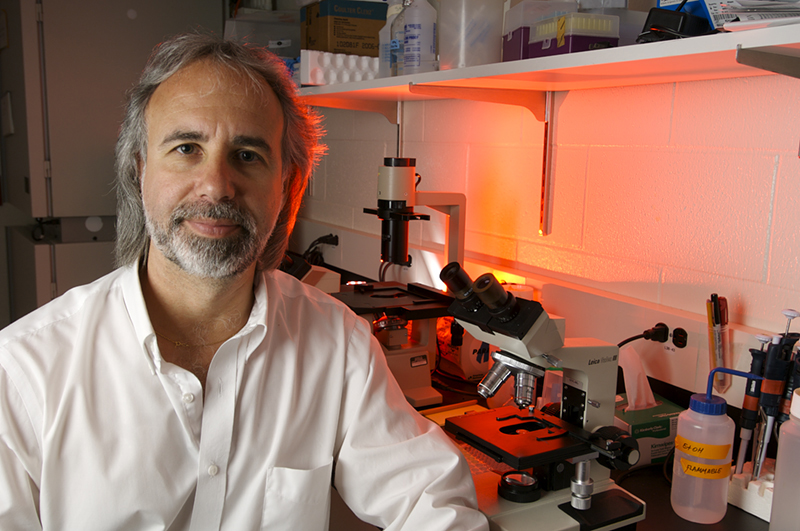
EF: How did the National Toxicology Program and NIEHS play a role in your career?
NK: In the 1980s, when immunotoxicology [the study of how toxic chemicals affect the immune system] was still a new field, funding from the National Toxicology Program (NTP) and NIEHS played a critical role. The funding helped some of the founding fathers of immunotoxicology — including Albert Munson, Ph.D., an important mentor throughout my career — validate numerous assays that we needed to measure immune system effects. I also participated in some of the validation studies.
EF: Which mentors influenced you the most?
NK: Of course, my father was a strong mentor for me. Michael Holsapple, Ph.D., and Munson were influential during my postdoctoral training.
Due to the NTP-funded immunotoxicology validation studies, I also got to know immunotoxicology pioneers Michael Luster, Ph.D., and Jack Dean, Ph.D. Luster, Dean, and Munson really spearheaded the effort to turn immunotoxicology into a bona fide subdiscipline, and they were tremendously influential to me.
And now, as a mentor myself, I’ve trained 25 Ph.D. students so far, with three more currently in my lab. I’ve been lucky to mentor some great people and fantastic scientists who have contributed greatly to my research. Without my students and postdocs, I wouldn’t be where I am today.
(Michelle Zhao is a science writer for MDB, Inc., a contractor for the NIEHS Division of Extramural Research and Training.)






